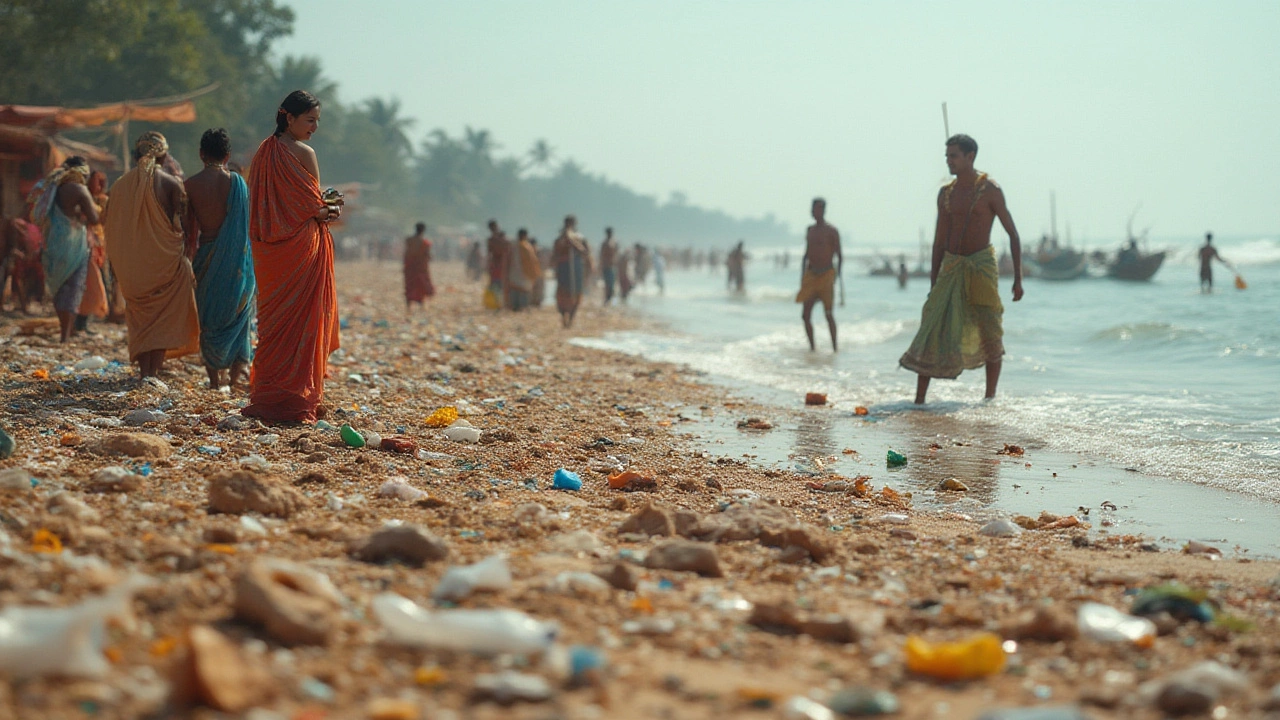Environment and Tourism: How Travel Impacts Health and Recovery
When you think of environment and tourism, the connection between where you travel and how your body heals. Also known as wellness travel, it’s not just about sightseeing—it’s about choosing places that support recovery, reduce stress, and even lower your need for medication. Many people don’t realize that the air quality in a mountain town, the quiet of a coastal village, or the pace of life in a rural clinic can do more for your rehab than another round of physical therapy sessions.
Take medical tourism, traveling to another country for medical care. It’s not just about saving money on knee replacements or heart surgery—it’s about escaping the stress of home, finding clinics with fewer patients, and getting care in cleaner, quieter settings. Countries like Canada, Thailand, and India have become hubs because they combine skilled care with environments that help you rest. But it’s not just about the hospital. The walk to your hotel, the food you eat, the lack of traffic noise—these all play a role in how fast you bounce back. And then there’s travel health, how your body responds to new climates, altitudes, and routines while recovering. A person recovering from open-heart surgery might feel fine in a controlled hospital, but struggle with humidity in Bali or cold dry air in Canada. Your body doesn’t just heal from surgery—it heals from the environment around you. Even something as simple as sunlight exposure in a new location can boost vitamin D, reduce inflammation, and improve sleep—key ingredients for recovery that most clinics don’t talk about.
What’s missing from most travel advice is the link between sustainable recovery, healing that doesn’t harm your body or the planet. You don’t need to fly halfway across the world to feel better. Sometimes, a quiet forest trail near your home, a clean air day, or switching from processed hotel food to local, fresh meals does more than any expensive retreat. The best environment for healing isn’t always the most luxurious—it’s the one that matches your body’s rhythm, reduces stress, and gives you space to move without pressure.
Below, you’ll find real stories and facts from people who traveled for care, switched environments to heal, or learned the hard way that not all destinations help recovery. Some found relief in Canada’s quiet clinics. Others avoided places with poor air quality after heart surgery. A few discovered that Ayurvedic eating times or morning walks in nature did more for their pain than any machine in a rehab center. This isn’t about fancy vacations. It’s about smart choices—where you go, what you breathe, and how the world around you helps—or hurts—your body as it tries to come back to life.
-
5
Discover the 3 major negative impacts of tourism with real-life examples, facts, and tips. Learn how tourism affects the environment, local culture, and communities.
